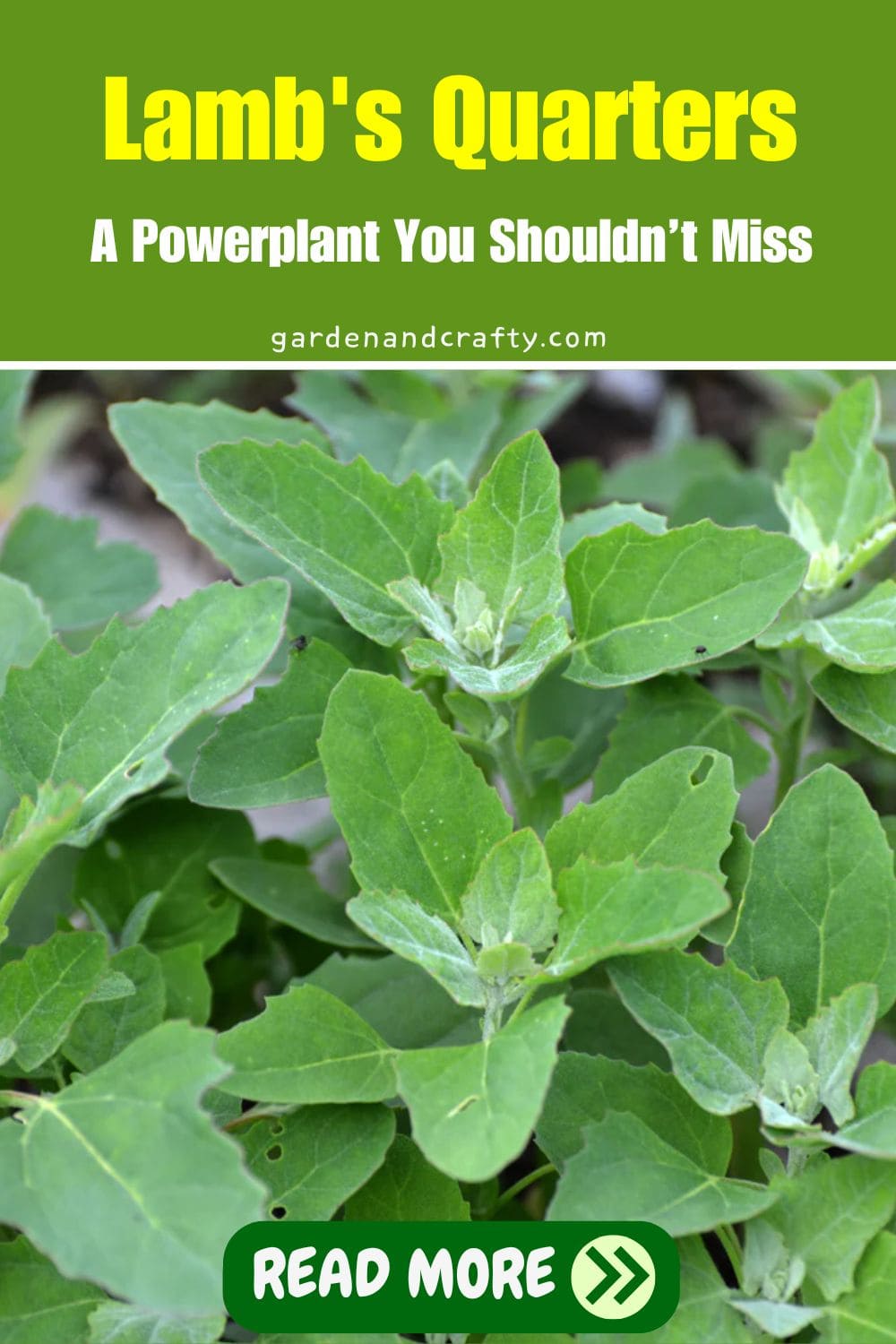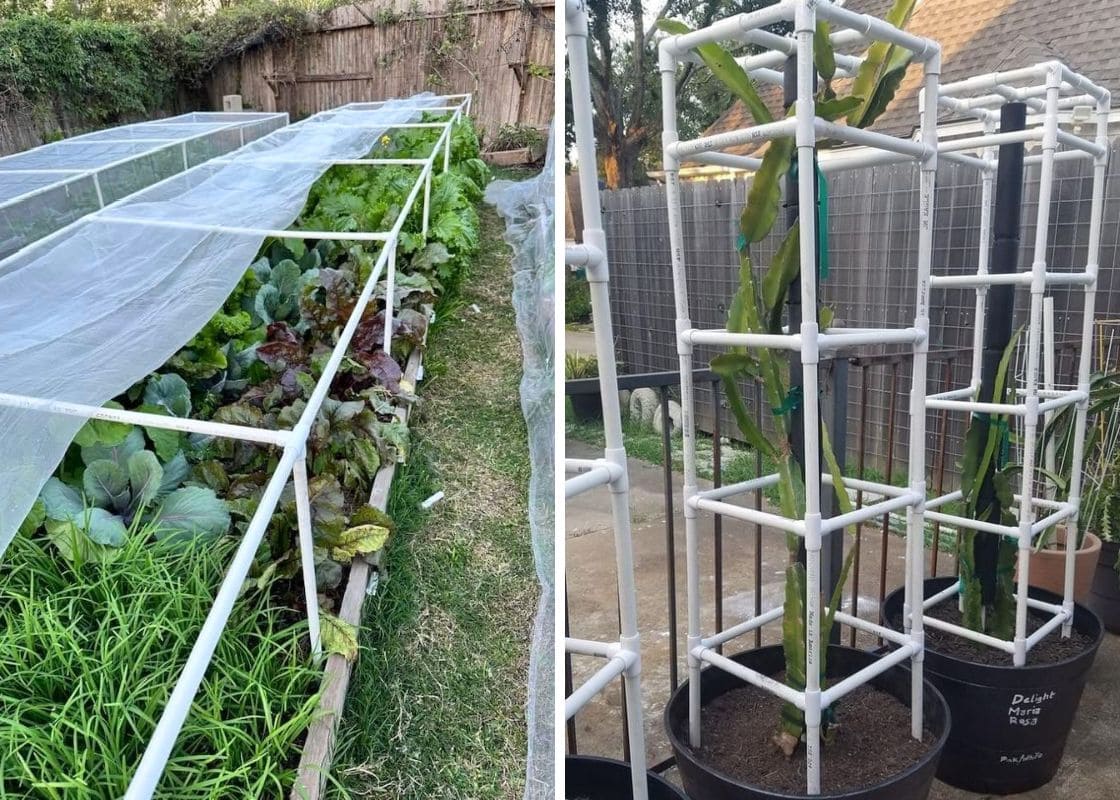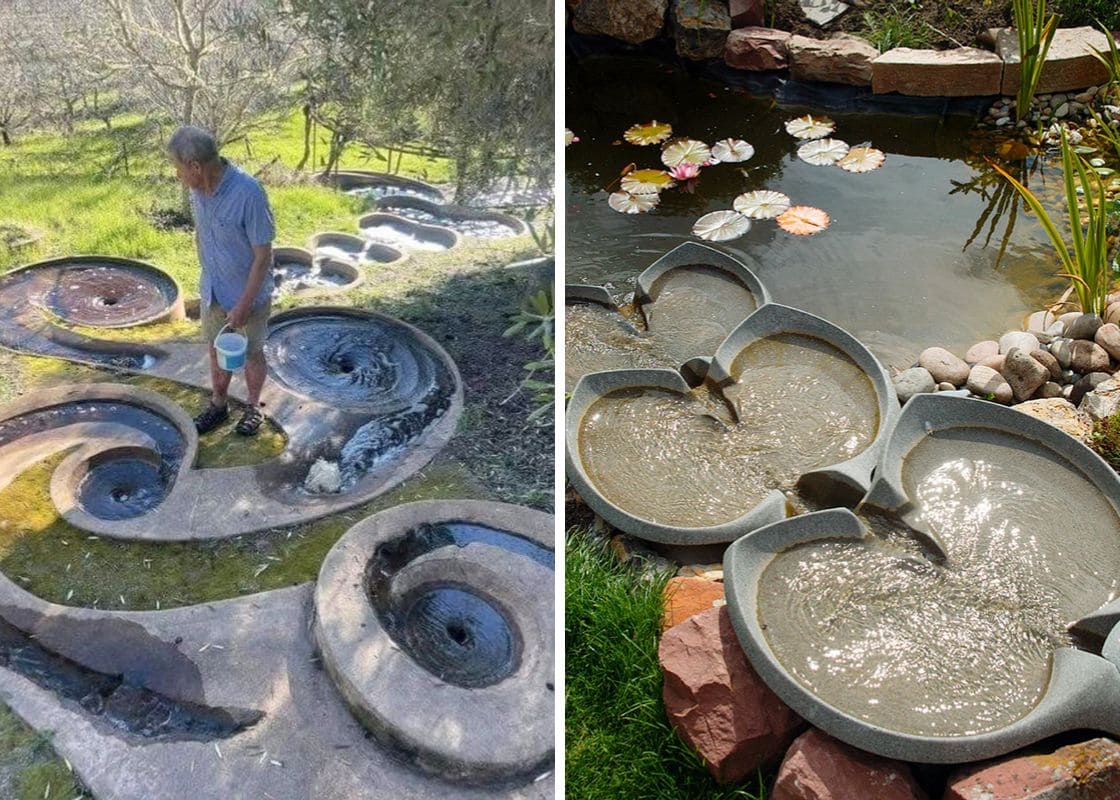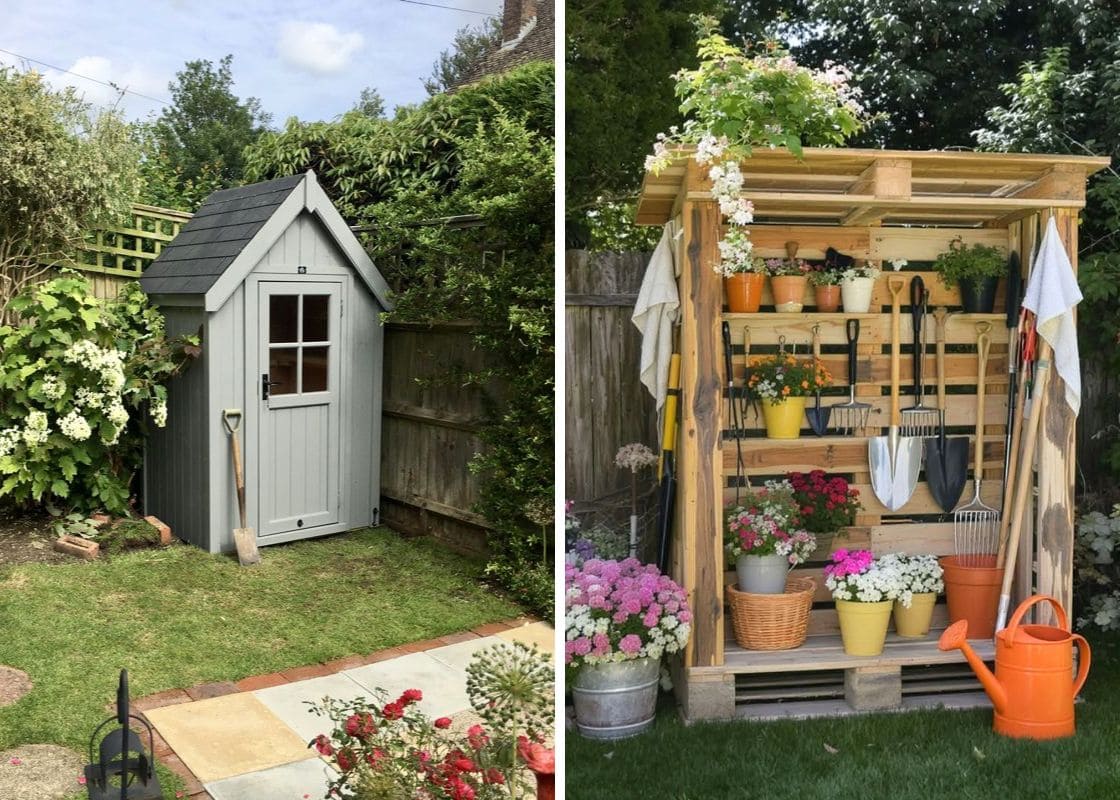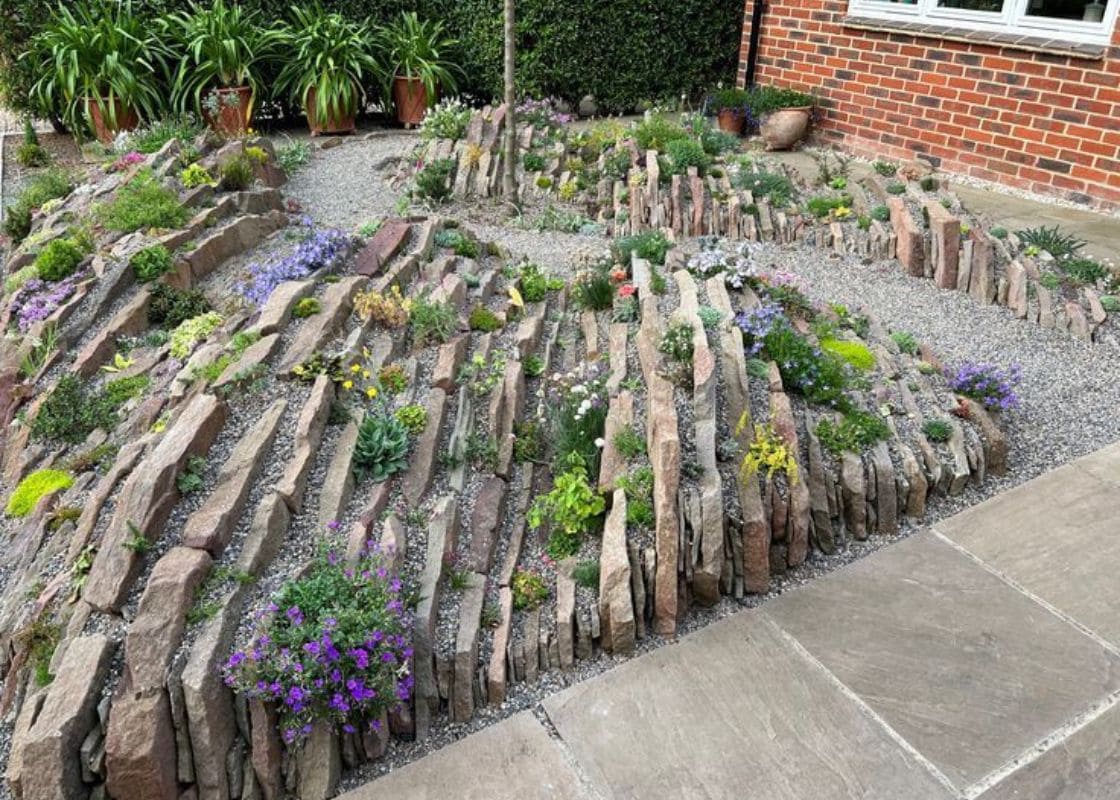I had heard about a lot of benefits of lamb’s quarters on the Internet for a long time.
Three months ago, my child had a toothache, and my neighbor suggested using lamb’s quarters from her garden.
I had him chew some leaves, and miraculously, his pain subsided. This experience led me to explore more about this plant.
I then decided to get some lamb’s quarter seeds from my neighbor to grow in my garden. Keep reading to learn more about this powerful plant and how to grow it.
About Lamb’s Quarters
Lamb’s Quarters (Chenopodium album), also known as melde, goosefoot, wild spinach, and fat-hen, is a plant native to eastern Asia.
It grows upright, reaching heights between 10 to 150 cm, but may lean over after flowering due to the weight of its seeds and foliage.
The plant has varied leaves; the initial near-base leaves are toothed and diamond-shaped, while the upper leaves are smooth and lanceolate-rhomboid.
It produces small, radially symmetrical flowers in dense branched clusters with five mealy-coated tepals fused at the base.
This superplant’s seeds are black or brown, which can be edible and good for health.
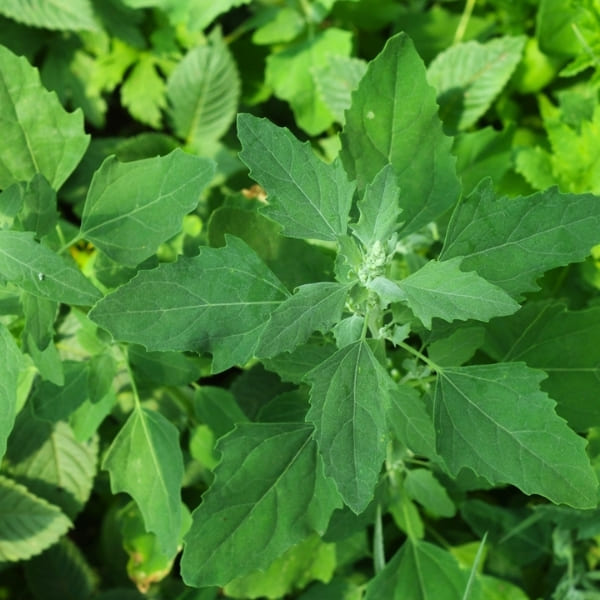
Benefits of Lamb’s Quarters
Nutritional Profile:
- Seeds (per 100 g): 19.6 g protein, 4.2 g fat, 57.7 g carbohydrates, 27.1 g dietary fiber, 1036 mg calcium, 1687 mg potassium, 3800 mg niacin, 64 mg iron.
- Shoots (per 100 g): 3.5 g protein, 5.5 g carbohydrates, 324 mg calcium, 684 mg potassium, 3800 mcg beta carotene, 1000 mcg niacin, 1.5 mg iron.
Lamb’s quarters are about 2.5 times more nutritious than kale and have significantly higher levels of vitamins B1, B2, C, and calcium compared to spinach.
Beyond easing tooth pain, they aid digestion, improve skin health, and support bone strength due to their rich mineral content.
The leaves can be used like spinach in salads, soups, and stir-fries, making nutritious meals.
Precaution: Consume lamb’s quarters in moderation as they contain oxalic acid, which can lead to kidney stones.
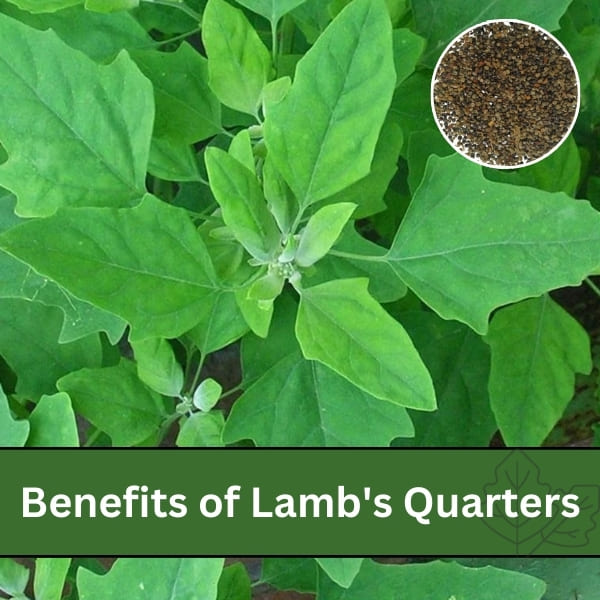
Propagation (From Seeds)
Lamb’s quarters do not transplant well, so sow the seeds directly in the soil.
Plant seeds about an inch deep, or lightly sprinkle them on the soil surface and cover with a thin layer of soil.
Keep the soil consistently moist until seeds germinate within two weeks.
Facts:
- Each lamb’s quarter can produce approximately 72,000 seeds.
- Seeds can remain viable in the soil for over two decades.
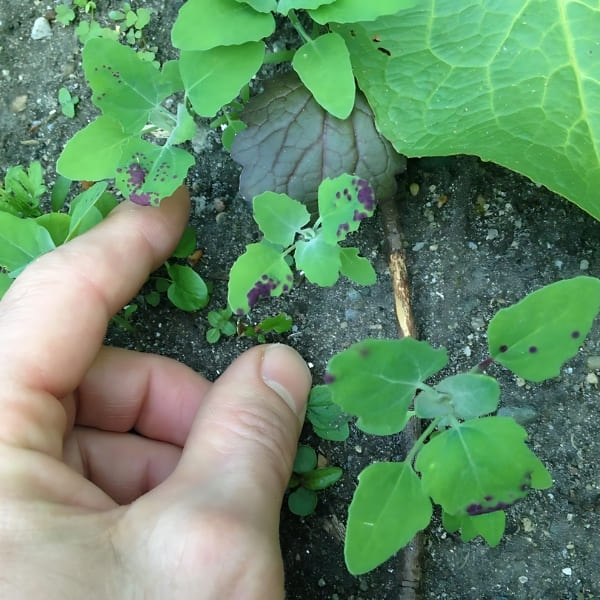
How to Grow and Care for Lamb’s Quarter
How to Grow Lamb’s Quarter
1. Preparation
Choose a location with full sun to partial shade and well-drained soil. Lamb’s quarters can grow in various soil types but prefer fertile soil.
Loosen the soil to a depth of about 6-8 inches and incorporate organic matter or compost to improve soil fertility.
Optimal seed germination temperature is between 60 and 78°F.
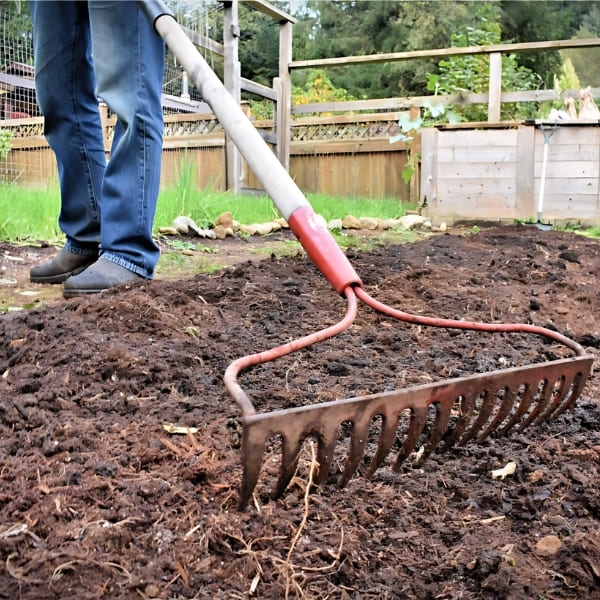
2. How to grow lamb’s quarter
Sow seeds directly into the soil after the last frost date. Plant seeds about 1/4 inch deep and 1-2 feet apart.
Transplant seedlings after the last frost, spacing them 1-2 feet apart.
How to Care for Lamb’s Quarter
1. Watering
Water regularly during early growth. Mature plants require watering once or twice a week.
2. Fertilizer
Use a balanced fertilizer if the soil is poor, but avoid excessive nitrogen.
3. Pets and diseases
Monitor for aphids and leaf miners. Use organic pesticides if necessary. Ensure good air circulation to prevent fungal diseases.
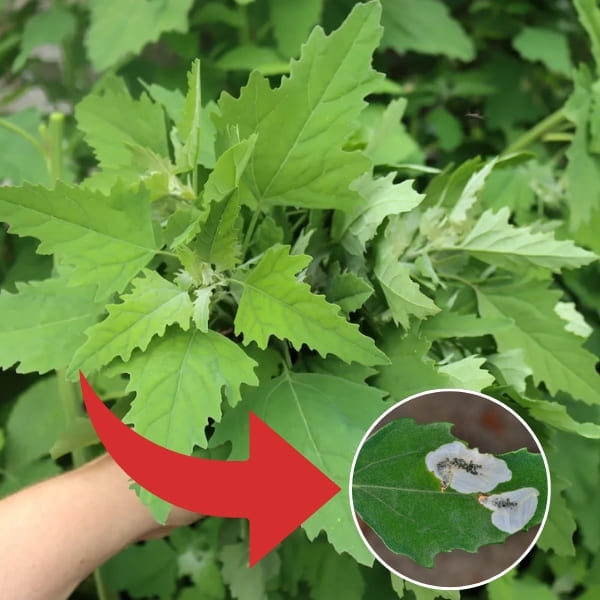
Harvest
Harvest young leaves when they are tender, usually when the plant is 6-8 inches tall.
Allow the plant to flower and form seeds. Harvest seeds when fully mature and dry.
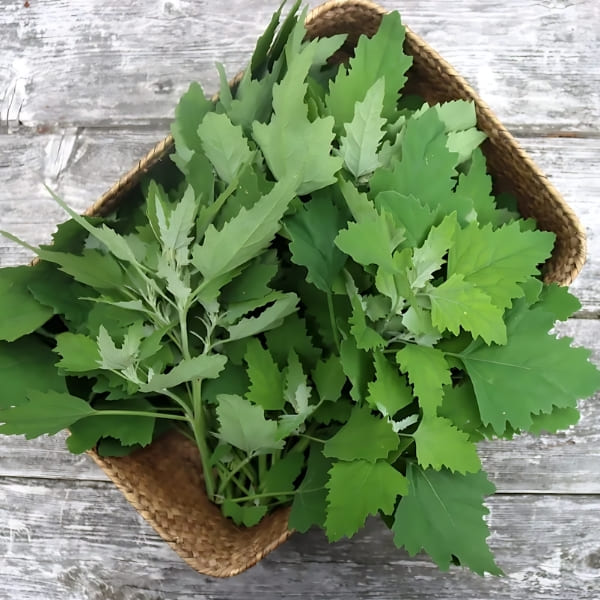
Preservation
1. Drying Leaves
Wash leaves, pat them dry, and arrange them on a drying rack. Store in an airtight container in a cool, dark area.
2. Storing Seeds
Collect seeds by shaking mature seed pods. Air dry completely before storing in an airtight container.

Growing lamb’s quarters is an enriching experience, especially with children. This plant is a fantastic gift from nature.
For more information on beneficial weeds and other garden tips, visit our website regularly!
